Columcille Megalith ParkWilliam H. Cohea, Jr. (1926 – 2018)
Extant
2155 Fox Gap Road, Bangor, Pennsylvania, 18013, United States
Open daily from dawn to dusk.
About the Artist/Site
Columcille Megalithic Park is a seventeen-acre property of gently rolling hills, glens, woods, and meadows containing nearly ninety settings of megaliths harkening back to the prehistoric late-Neolithic cultural and technological transformation that led to the worldwide ritual arrangement of giant standing stone alignments and ceremonial circles, Menhirs, a gigantic Trilithon, burial dolmens, Cairns, a labyrinth, and other monumental creations all constructed out of native stone found in the mountains of eastern Pennsylvania. While the erection of the massive stones made use of modern equipment, the evolution of the Park led to an increasing use of archaic methods of leverage and balance in the siting the stones. The name Columcille specifically alludes to the Celtic and Christian overlays of earlier megalithic traditions as found on the Isle of Iona off the coast of Scotland, and the word itself refers to the Irish missionary St. Columcille or Columba who brought Christianity to the island. In keeping with the Christian overlay of the prehistoric stones, Columcille includes a six-sided chapel and a cylindrical bell tower, both constructed from uncut stone.
Columcille Park is the lifework of the singular visionary passion of the recently deceased founder William H. Cohea, Jr., who sought to bring the spirit of the stones to the new world. Born in Iowa, Cohea served in the Navy and went on to become a Presbyterian minister, ecumenical advocate for social ministry, and a human-rights activist in Chicago during the 1960s. In 1974 he relocated to New York City to work as United Nations and White House correspondent for IDOC International and Inter Press Agency, serving both entities as a voice for the concerns of Third World countries. Later, he purchased a house and 20 acres in the foothills of the Appalachian mountains in eastern Pennsylvania, and became involved in various social outreach projects. In 1977, while visiting the island of Iona off the southwestern coast of Scotland, he had a revelatory experience related to the ancient megaliths and the coming of Celtic Christianity to the island. This transformative vision was his inspiration to embark on his life’s work to bring the spirit of the stones to the New World for pilgrims seeking regenerative solace.
Indeed, throughout the thirty-some years of the park’s ever-evolving development, Cohea’s desire to share his extraordinary construction with all people led to the emergence of an expanding community inspired by the living history and regenerative spirit of the Park. In this sense, it can be said that it is a place that is fully “recreational,” not in the superficial connotation of that word, but more meaningfully in it’s original (even prehistoric) sense of an environment that promotes the re-creation, or renewed creation, of learning, life, and spirit. It is truly a place of quiet inspiration, thoughtful meditation, environmental communion, and creative reflection for all people. In the spirit of the Neolithic tradition, the massive stones are sentinels that connect human beings with the energies of earth and sky. The megaliths communicate an aesthetics of matter.
Most of all, Columcille is an extraordinary outdoor art park, environmental retreat, and educational laboratory for experiencing and understanding the intertwined aspects of cultural, artistic, technological, and religious development in the broadest and most interdisciplinary sense (e.g., archaeology, the history of technology/engineering, cultural studies having to do with religion and art, architectural and design studies). It is an exceptional place of mythic resonance that dramatizes the age-old human interaction with our natural environment.
The photographs of the park were taken by Cohea’s son William Cohea, a professional photographer.
The park is recognized by the Smithsonian American Art Museum as the only Megalith Park and Celtic Art Center in the United States. Although it has never been commercialized, Columcille Megalithic Park is open daily to the public, and is located one-half mile off PA Route 191, midway between Bangor and Stroudsburg.
~Norman Girardot
Map & Site Information
2155 Fox Gap Road
Bangor, Pennsylvania, 18013
us
Latitude/Longitude: 40.926918 / -75.202266
Nearby Environments


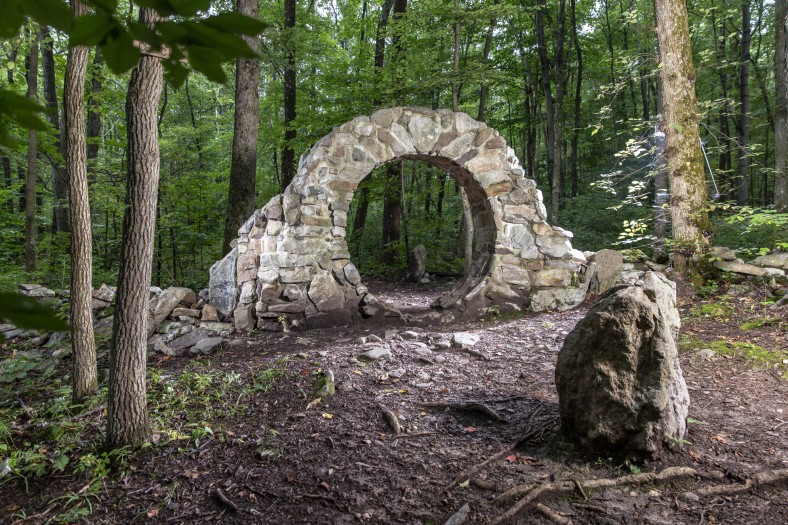
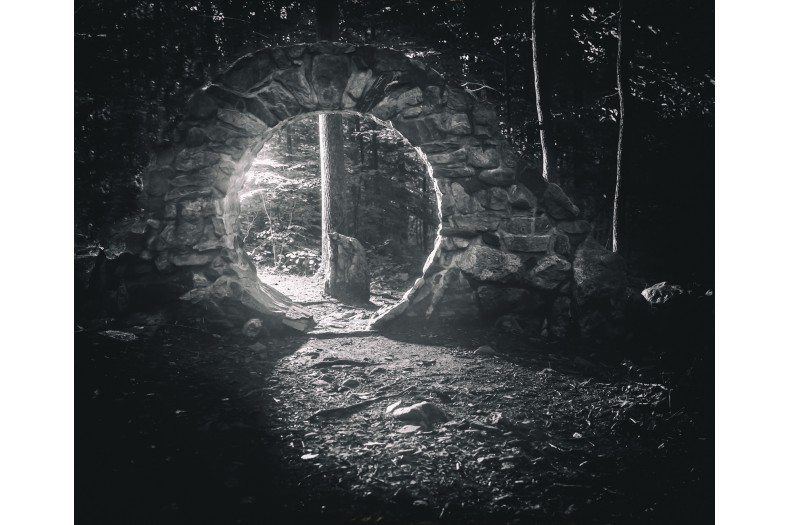
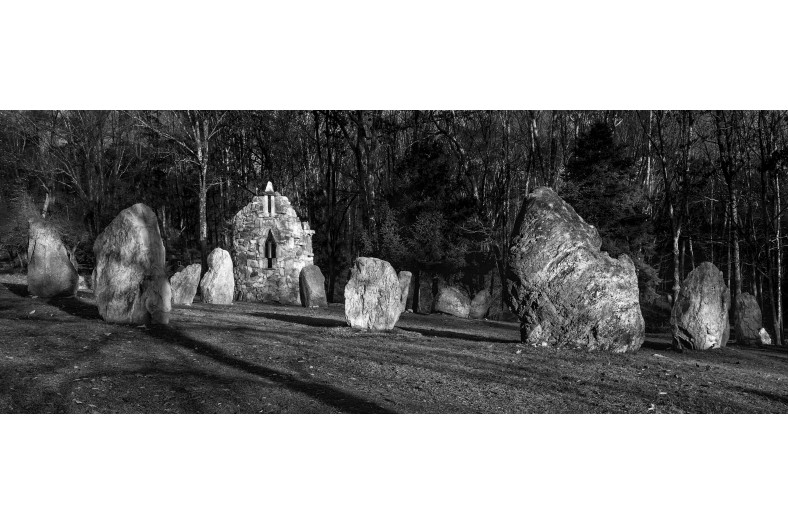
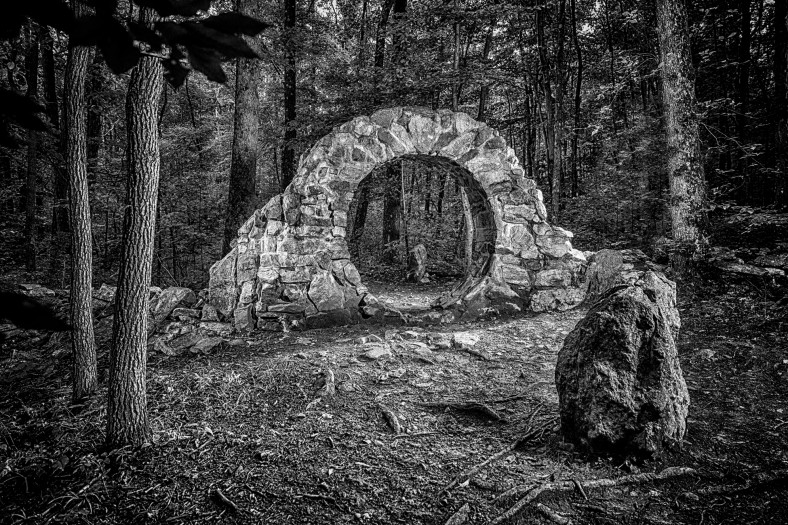
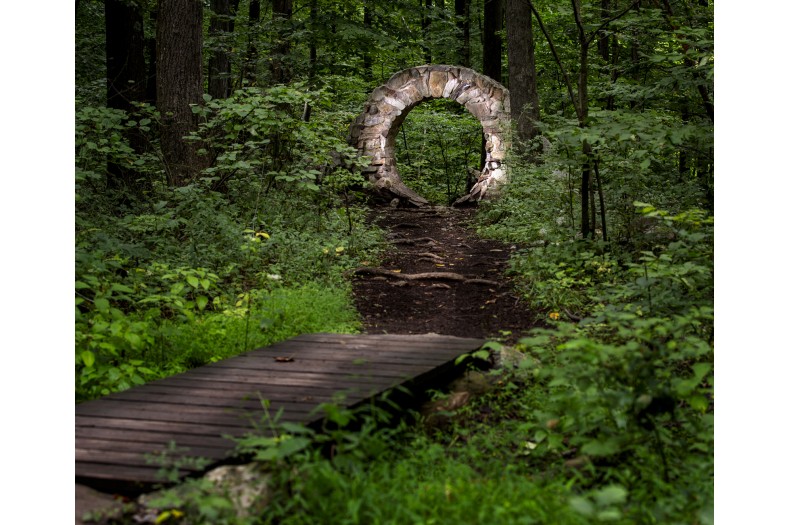
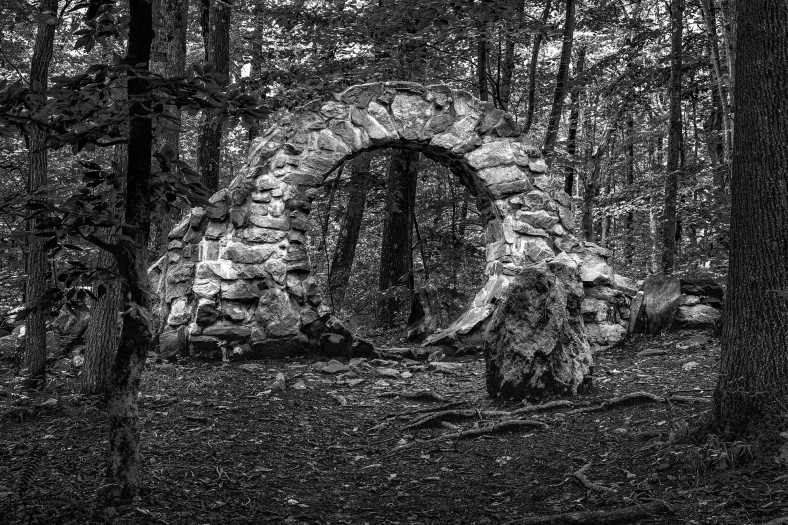
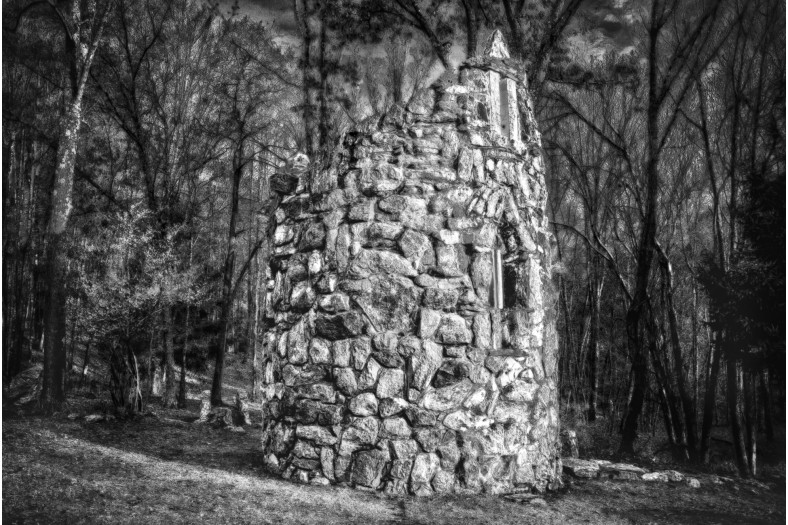
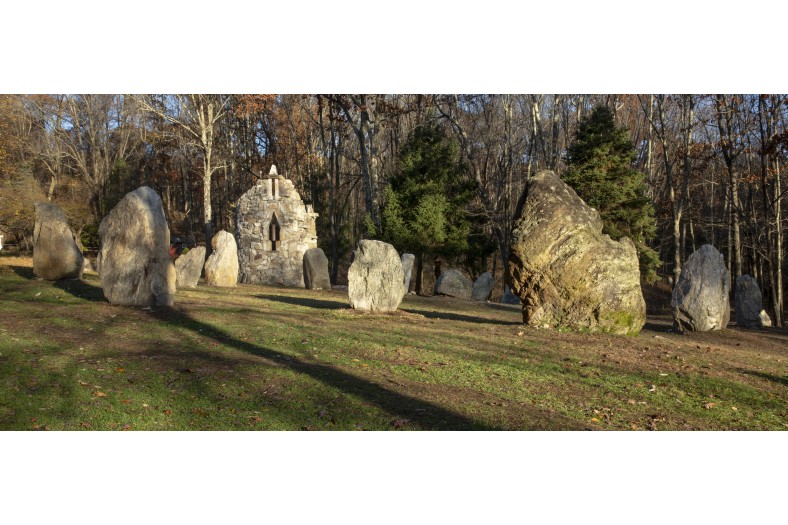
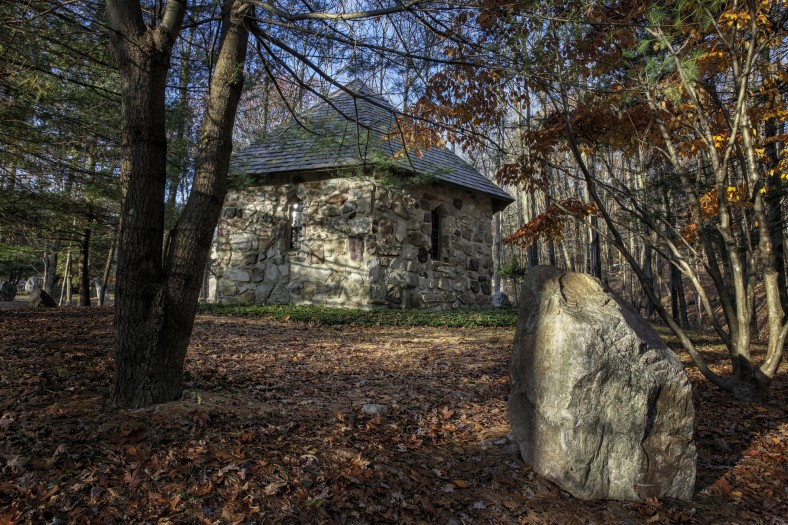
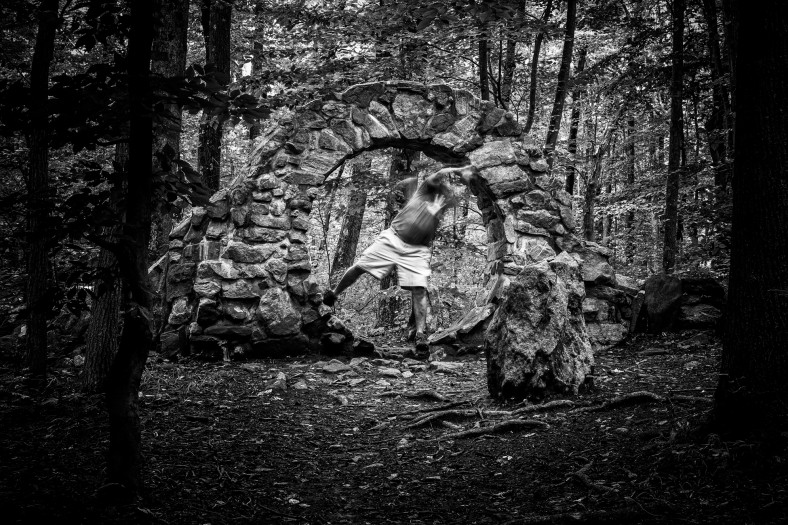
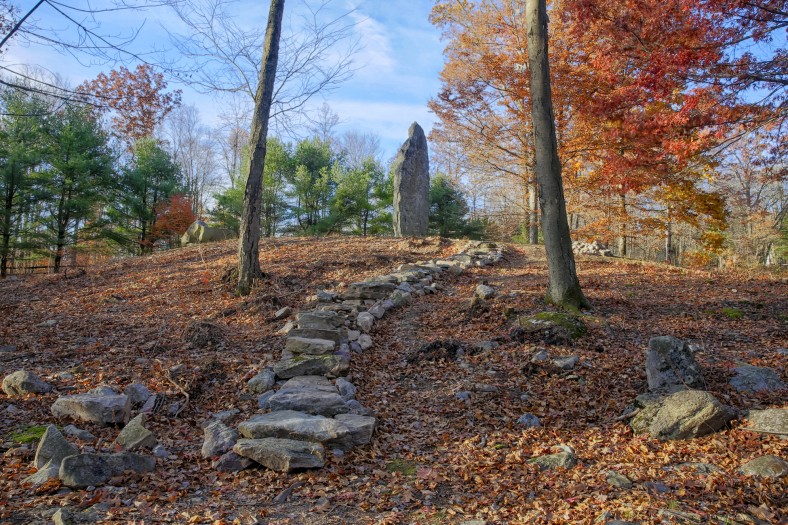
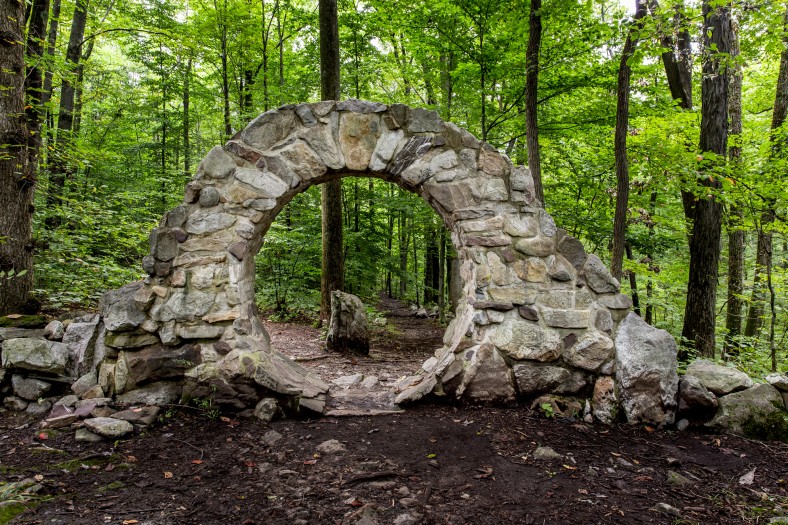
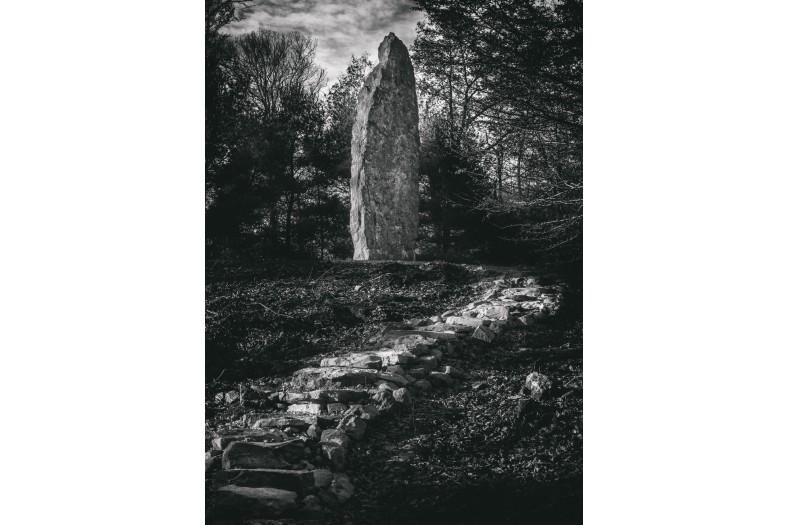

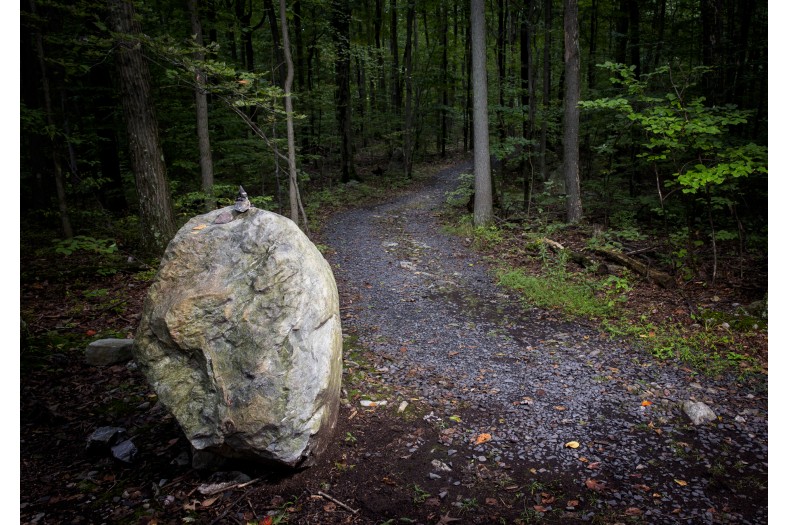
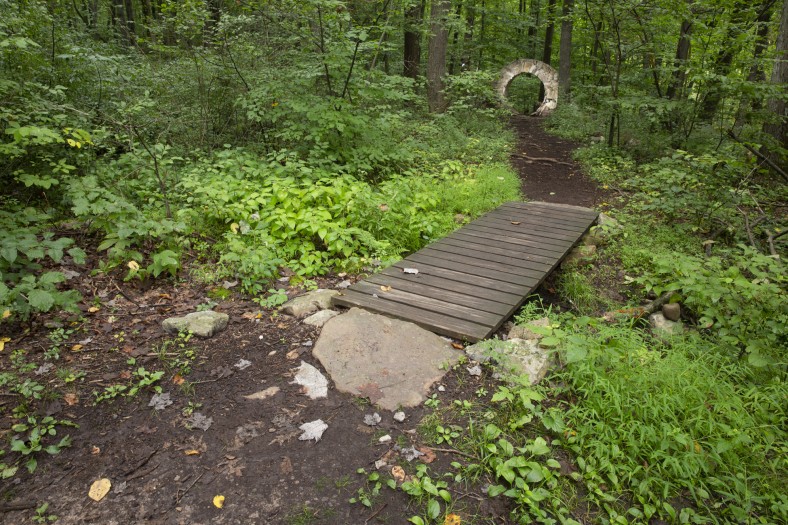

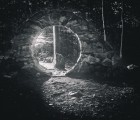
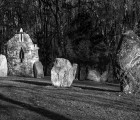
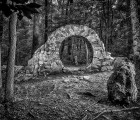
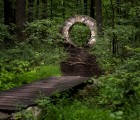
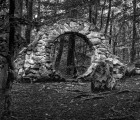
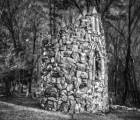
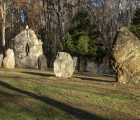
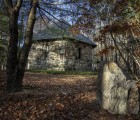

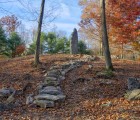
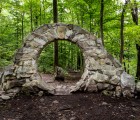

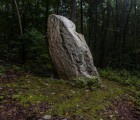
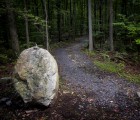
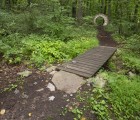
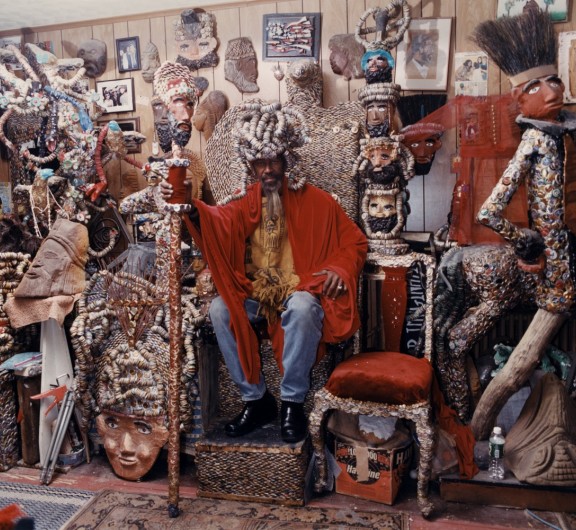






Post your comment
Comments
No one has commented on this page yet.